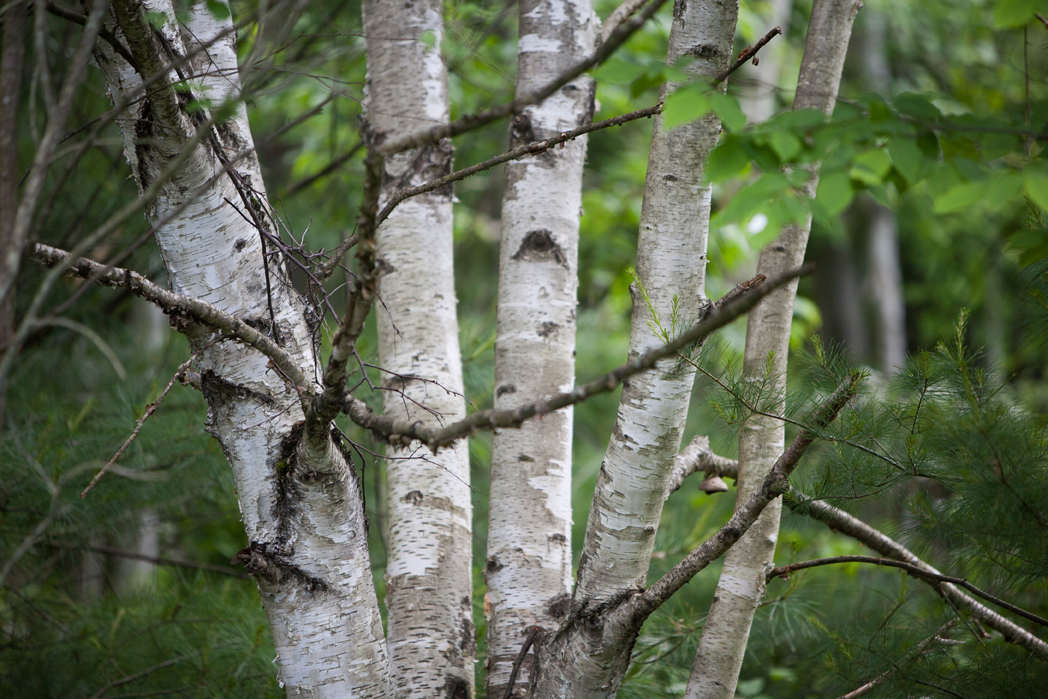Thick snowflakes fell from the night sky, illuminated by the hundreds of lanterns lining the snowy path. The air was cold, numbing the tip of my nose. A welcoming warmth radiated out from the roaring bonfire, thawing my tingling fingers as I stood in front of a teepee. Further ahead Christmas music filtered out from two long buildings built of fieldstone. Inside the first building was two rows of beds made of rough-hewn timbers and covered with warm woolen blankets. Next door a dark room holds stiffened furs, and fish weirs lit with soft blue lights. Through the low rooms and out into a snow-covered courtyard, while a large bon fire lit up the timber buildings surrounding the open space, shadows dancing under the eaves. Soft light escaped from open windows and doors, beckoning travellers to enter. The door lintels were low, requiring those entering to duck their heads. Inside candles covered hearths and shelves, the soft light flickering fitfully in the stray breezes. Wooden benches offered a spot to sit and listen to the music, guitar and song sung for anyone wanting to listen. People moved in and out, staying for a quick moment or perhaps longer for a few songs, feet tapping in time.
Once again out in the night air, still following those bright lanterns. Past tall wooden palisades jutting up into the dark sky, pointed tips a reminder that this was once a Jesuit settlement, and the first settlement in what was to become Ontario. Clang, clang, clang. The ringing of metal sounded loud in the quiet, echoing between those tall stakes. Another fire, with a large man using tongs to heat the cold hard metal into a bright orange ingot, malleable with repeated strikes of his tools. The rhythmic movement of the bellows was hypnotizing, as the shadows danced with each movement of the blacksmith’s arms. Heat danced out from the flames, warming cold toes. The moment felt suspended in time, with groups of people stopping, leaving, in constant motion as I stood rooted to the spot, while I was mesmerized by the ring of metal on metal. Eventually the moment passed, and I searched out the lights to lead me onto the next path.

The lanterns guided the way to a large building, long with a rounded roof. Smoke lazily drifted up into the sky while inside the fire lent its warmth to those listening to traditional indigenous stories. With faces lit from only the fire, children listened to how bear lost his tail on a cold winter night like, just like this one. As with most traditional stories, there was a moral to be learned, this time about pride and humility. The woman telling the story wove her tale with skill, compelling her listeners to lean in close with bright eyes. It was easy to feel lost to time, imaging this longhouse hundreds of years ago with people listening to the same stories on past winters nights. Shadows became phantoms, as I envisioned families snuggled under those warm furs, sharing companionship with others to pass the long winter nights.
Back outside, the air was crisp and clean, the sky now clear. The constellation of Orion lay low in the northeastern sky, tilted on his side. My breathe formed small clouds of condensation as I walked slowly among the bright lanterns, leading the way through the darkness. Another building, golden light shining on the white snow. Inside, a large fireplace warming the fingers of a harpist as she delicately plucks the strings, her clear voice rising to the rafters. Tall glass jars holding the candles reflected the lights back and forth, as though the stars from outside had been made anew here.


